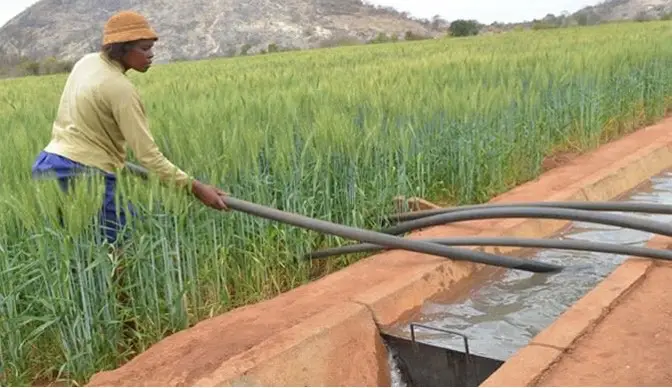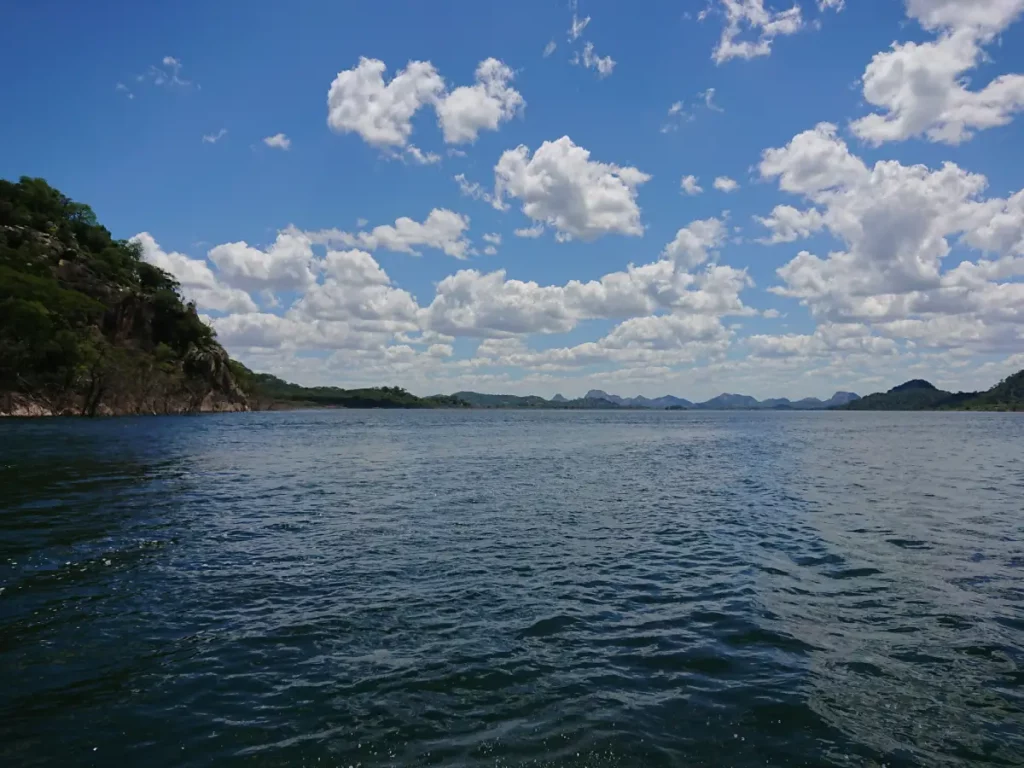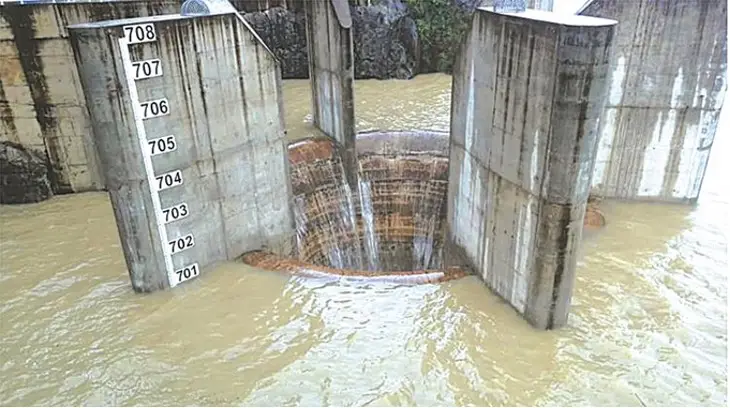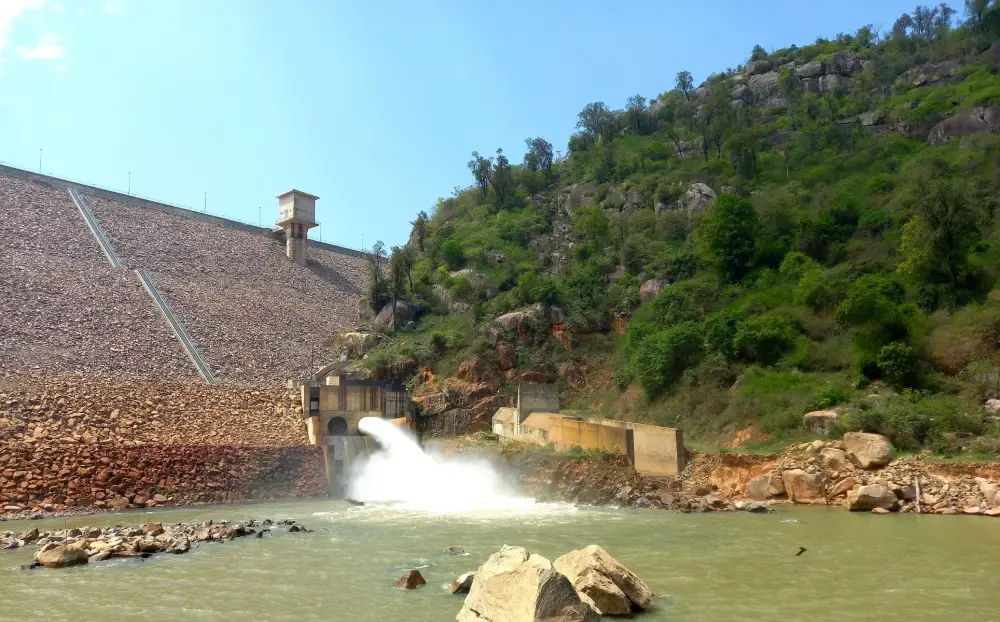The Benefits of The Tugwi Mukosi Dam
The Tugwi Mukosi Dam is an important project that will provide many benefits for local communities and tourism in Zimbabwe.
The dam will provide irrigation for agriculture and generate power for the country.
Tourism
Tourism activities in the area have taken a big turn ever since the commissioning of the Tugwi Mukosi Dam. This has created an alternative source of income from selling fish and antiques to tourists or visitors. People who visited the dam were mainly interested in site seeing, fishing, and boat activities.
There is a need to encourage local people around Tugwi- Mukosi Dam to form some partnerships with external entities for the construction of lodges and the setting up of boat cruising services.
This will increase economic activity in the area, which will benefit tourism in Masvingo and Zimbabwe.
Water for Irrigation
Tugwi-Mukosi also supplies water for irrigation particularly on the farms in Hippo Valley, Triangle, and Chiredzi.
A large percentage of people staying in the mentioned areas indicated that the construction of the artificial dam boosted their agricultural produce. A constant supply of water for irrigation guarantees a good harvest holding other factors constant.
Irrigation development is of great importance in the face of climate change and the associated increased frequencies of harsh weather events.

Fish Supply
The construction of the Tugwi Mukosi Dam has increased the fish supply to the local communities. From the previous research statistics, it is evident that a greater half of the surrounding areas felt that increased fish supply was of great importance in food provision and in generating a source of income.
Furthermore, the Zimbabwe Parks and Wildlife Management Authority launched aquaculture at Tugwi Mukosi to help boost and develop the livelihoods of surrounding people. (Chazireni, Chigonda 2018)
Livestock Boost
Tugwi Mukosi Dam has also brought up a boost to water supply creating a conducive environment for livestock rearing and ecosystems on which they depend on.
Near the river banks, pastures are evergreen, this also reduced the vulnerability to pastoral conflicts which were fuelled by a combination of water scarcity, erratic rainfall, and depleted pastures.
Constant supply of water has been a game-changer to agro-pastoralists in the community as healthier herds can now be reared.


Water for Domestic Use
Tugwi -Mukosi dam also provides water for domestic use. In the surrounding areas dam water is being used for the following household purposes:
- laundry
- bathing
- dishes
- gardening
Tugwi-Mukosi Dam is a major water harvesting reservoir and tremendously helped to curb water shortages in the area. Accessibility to water supply has also lifted the burden of long walks in search of water are now saved in walking long distances to access water.
Residents acknowledged that the dam is playing a significant role in providing water for domestic use.
Tugwi Mukosi 2021 Historic Spill
After the recent spill of the Tugwi-Mukosi dam in 2021, it has been realised that the master plan is above 90% complete but the full benefits of what Tugwi-Mukosi holds are yet to be fully harnessed,
Hopes have been raised in the agricultural sector and the estimated 25 000 ha of land which could be covered under the Tokwe irrigation plan has now been increased to a possible 40 000 ha cover by incorporating modern irrigation systems.
Plans For Hydro Electric Power Plant at Tugwi Mukosi Dam
It is now possible to construct a hydropower station and light up the Masvingo province. Tugwi Mukosi is a mega water harvester and it will take some time for the water levels to deplete.
According to Zinwa, the Tugwi-Mukosi dam is 98.3 % full and is holding 1772.1 cubic meters of water this report is the latest record from 3 Sept 2021.

Construction Milestones for Tugwi Mukosi Dam?
Learn more about the Tugwi Mukosi Dam construction milestones.
